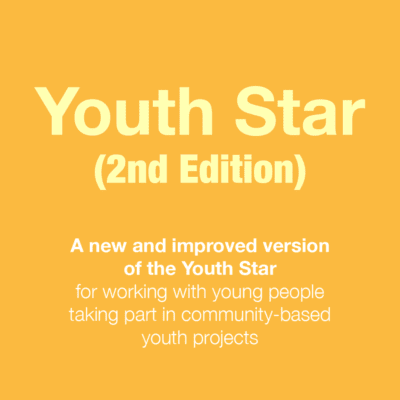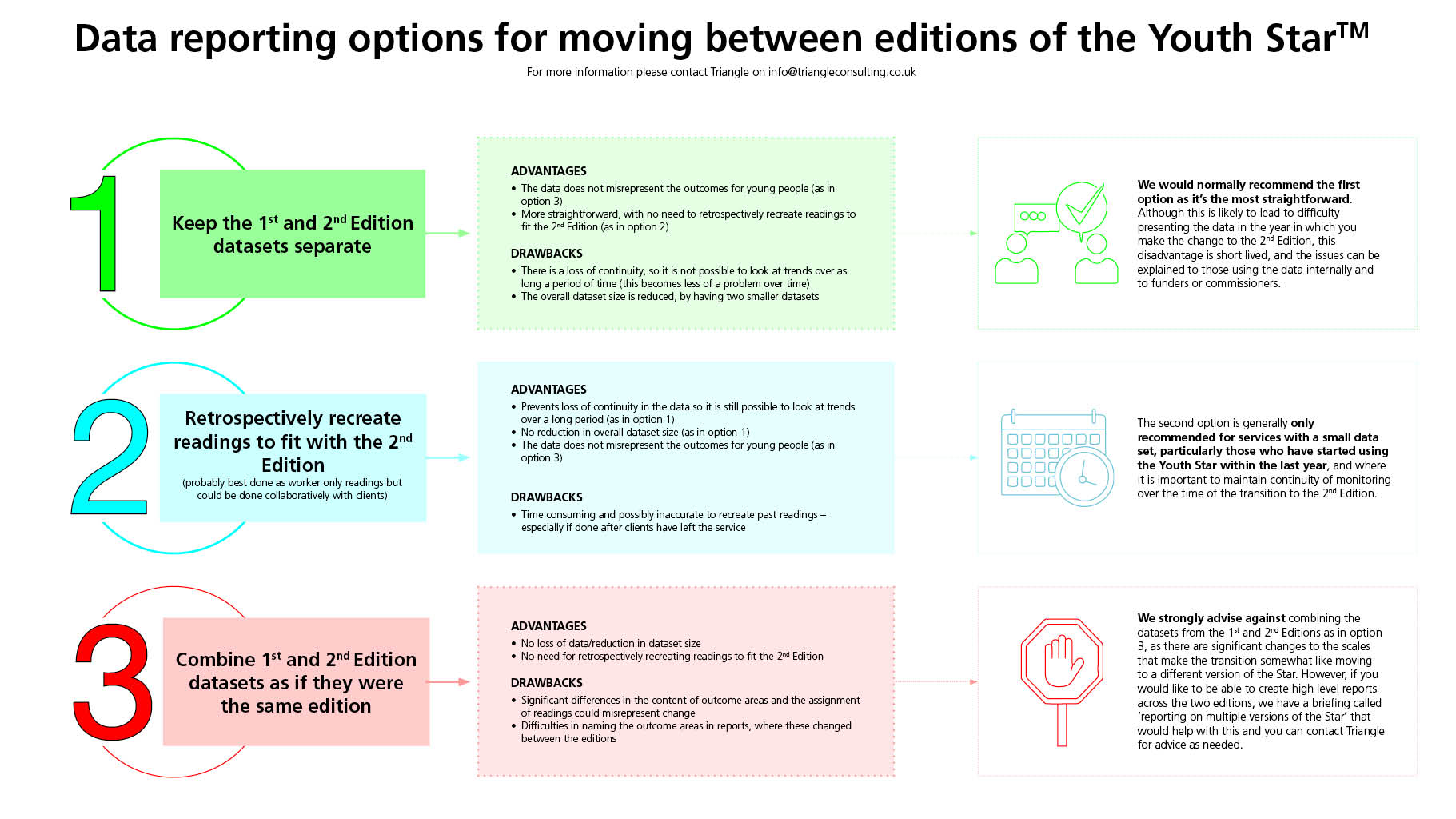Just before lockdown, Tyrone Stanley attended Outcomes Star training to help him in his work to reach violent criminals and gang members. For Tyrone this was coming full circle – because he knows from personal experience just how powerful the Star can be.
 “I’m a project worker for Catch22’s Violence Reduction Service in Wolverhampton. I deal with the resettlement of 18-30-year-olds, predominantly violent criminals and gang members.
“I’m a project worker for Catch22’s Violence Reduction Service in Wolverhampton. I deal with the resettlement of 18-30-year-olds, predominantly violent criminals and gang members.
But my early life was very different. There was always violence in the home when I was younger, and I started to develop anger issues when I was about 12 or 13. I got sent to prison for the first time in 2011 when I was 16 and got remanded, but didn’t really learn my lesson. I got arrested again and sentenced to two years.
That time I was more productive with my time in prison – I did every single course available to me.
Not a tick box exercise
At the start of a course from the Prince’s Trust, the tutor pulled out the Outcomes Star. She said it was something that was for me, and that was the first thing that made me think ‘oh, OK’. Obviously I was used to doing tick box exercises for different organisations, but the way she approached me for the Outcomes Star was the key element in why it was so beneficial for me.
I was really honest with my answers. I was excited about what the next Outcomes Star would reveal about my progress – it became something to be excited about rather than to be self-critical about. I put an honest reflection of me on paper, and I looked at it and looked at it. Then when I did my next Star I was logging things I was doing, feeling happy about all the good change I’d made.
I got onto an enhanced wing, I even got released on temporary licence. I got out of the bubble I was in – mainly because the Outcomes Star made me see my faults on paper. It gave me a perspective on my actual life – from the outside looking in rather than the false mirage that I’d created.
The key thing in the Outcomes Star that made me think hard was when I realised I didn’t have any long-term friends apart from one or two – they were all connected through badness. I thought about it – like, who are all my friends? Who enjoys my company? I wrote it down on paper and I thought, you know what, I’m not really any good at relationships. Certain things really resonated with me; they made me think I wasn’t the person that I wanted to be when I was a young boy.
It broke me down, man. Peeled off all the layers. Got to the root cause and started again from scratch.
Changing my life
Everything changed – my lifestyle, my circle of friends, the way I spoke. From then on I’ve never stopped working. After various jobs I started with Catch22. My job was to go out and talk to young people about the effects of knife crime and gang culture – and it really helped that I knew exactly what they were going through. Within 18 months I was promoted to my resettlement role.
Honestly, one of the key things in changing the way I thought about myself was being valued – not having people look at me like I was a dreg. I just couldn’t look people in the eye, and I knew no one wanted to look me in the eye. But when I started to do good things, all the blessings started to coming through, non-stop man, non-stop.
And I want to project that to young people. It just goes to show that anyone can change as long as you’ve got the right intervention at the right time.”
Tyrone: How I introduce the Star with service users
“OK, so this is an Outcomes Star. Now I know it may seem like a way of recording data for our benefit but I can assure you that this is one of the best proven ways to track your progression. It can also be a great tool to learn things about yourself that you may not have thought about much at all. I have first-hand experience completing an Outcomes Star myself and it was the best start to my journey. By the end I was shocked and amazed at the progression. So be honest, and you will see changes by the end. This is the best way to help me to help you.”
Read Tyrone’s full story here and explore the Stars available for the sector you work in.
****
My Star is the Outcomes Star for children, especially children in families that are identified as vulnerable/trouble and receiving services, or looked after by foster carers or in a children’s home. The Young Persons Star is for young people moving to independent living and the Youth Star is for youth work, while the Justice Star is the Outcomes Star for people in the criminal justice sector. If you have any questions on which Star to use for your sector, or if you would like any information on the new Star Online, or anything else, please contact us on info@outcomesstar.org or +44 (0) 207 272 8765.






 “I’m a project worker for
“I’m a project worker for